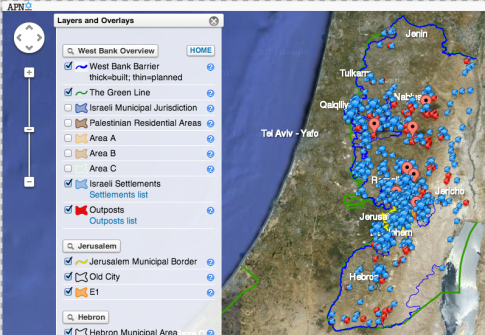This weekend, Jews around the world celebrate Yom Kippur (the Day of Atonement), the holiest day of the calendar. In the afternoon prayer’s haftarah, widely considered the holiest reading from the latter books of the Bible, we read the Book of Jonah.
Now we all know the story of Jonah and the whale, right? Take it away Veggietales:
Well, that is sort of the story. If you only read half of the book. And miss the point of the half you read. Let’s start at the beginning to see how the story of Jonah is today more important than ever for our community.
At the beginning of the story, as we all know, God instructs Jonah to head to Ninveh “to proclaim judgment upon it; for their wickedness has come before me” (JPS translation, Jonah 1:2). Lost on most readers is the fact that Ninveh is the capital of Assyria, the Kingdom which was at near constant war with Jonah’s own northern Kingdom of Israel. In fact, just 50 years after the events of Jonah, Assyria would defeat the northern Kingdom and exile its inhabitants to Assyria (see, 2 Kings 17).
Naturally, Jonah does not want to save his political enemies. Knowing what we now know, we can easily sympathize: if Jonah had not saved the Assyrian capital from divine destruction, then his Kingdom would likely not have lost the war and his people may not have been exiled.
So Jonah makes a run for it. Things don’t go so well, he gets cast in the sea, and swallowed by a whale (actually, a “huge fish” but that’s neither here nor there). Jonah repents declaring “What I have vowed I will perform” (2:10).
That is where the Disney version of Jonah ends. But the Bible version has two more chapters (out of 4 total) which is almost always ignored in popular retellings of the story.
The Bible tells us that, as we might expect for the capital city of a large Kingdom: “Nineveh was an enormously large city, a three days’ walk across” (3:3). Jonah, however, takes the easy way out, merely going “one day’s walk and proclaimed: ‘Forty days more, and Ninveh shall be destroyed'” (3:4). Remarkably, despite Jonah’s half-assed effort, the people of Nineveh believe this crazy man form an enemy state who was just regurgitated by a large whale. From the peasant to the King they repent, fast, and beg the Lord for forgiveness, “And God renounced their punishment He had planned to bring upon them and did not carry it out” (3:10).
God just saved Jonah’s enemies. The Bible tells us that “This displeased Jonah greatly” (4:1). He even admits: “That is why I fled beforehand.” Jonah realized that, despite his best efforts, he has just given aid to the enemy, saving their lives, and committing an act of treason in the process. He begs God: “Please, Lord, take my life for I would rather die than live” (4:3).
Distressed, Jonah wanders out east of the enemy’s capital and sits down in the shade. This is when God decides to prove a point.
God makes a plant grow above Jonah to provide shade for him (4:6). He then sends a worm to eat the plant: “the sun beat down on Jonah’s head, and he became faint” (4:8). Jonah has just seen his enemies saved, is now out in the wilderness, possibly afraid to head home to the country he just betrayed, and is now suffering heat stroke on top of it all. In his despair, Jonah once again begs God to take his life. God replies “‘Are you so deeply grieved about the plant?’ ‘Yes,’ he [Jonah] replied, ‘so deeply that I want to die.”
And this is where God makes his big point and the real moral of the story: “You cared about the plant, which you did not work for and which you did not grow, which appeared overnight and perished overnight. And should not I care about Nineveh, that great city in which there are more than a hundred and twenty thousand persons…and many beasts as well!” (4:10-11).
On the holiest haftarah read on the holiest day of the year, we read about the importance of placing human life above all else. The story of Jonah is not simply a story of bowing to God’s will. It is also a story about how there are things in this world that are more important than political loyalty for its own sake. It is about how we must value human life above all else.
Contrast this to the increasing tendency in recent years for synagogues to incorporate the State of Israel into the services. Mondoweiss reported that last year, synagogues in my home town of Chicago even sang Hatikva – Israel’s national anthem – at the culmination of their Yom Kippur service. I cannot think of a more stark contrast with the reading they must have just completed from the book of Jonah.
This year, let us commit once again to placing human life above all else. Let us not fall into the trap of talking about who is a “loyal Jew” and who is the “traitor son.” Let’s stop justifying atrocities against people simply because we call them “our enemies.” Let us drop the self-destructive talk about how to preserve Israel as a Jewish homeland. And instead, let us have a conversation about the importance of human life. Let us talk about how we can stop the violence being perpetrated by the State of Israel in our name against Palestinians, African migrants, and other non-Jews. And let us build a more just world together so that next year we can read the Book of Jonah knowing that we have learned its lessons, rather than repeated its protagonist’s follies.



